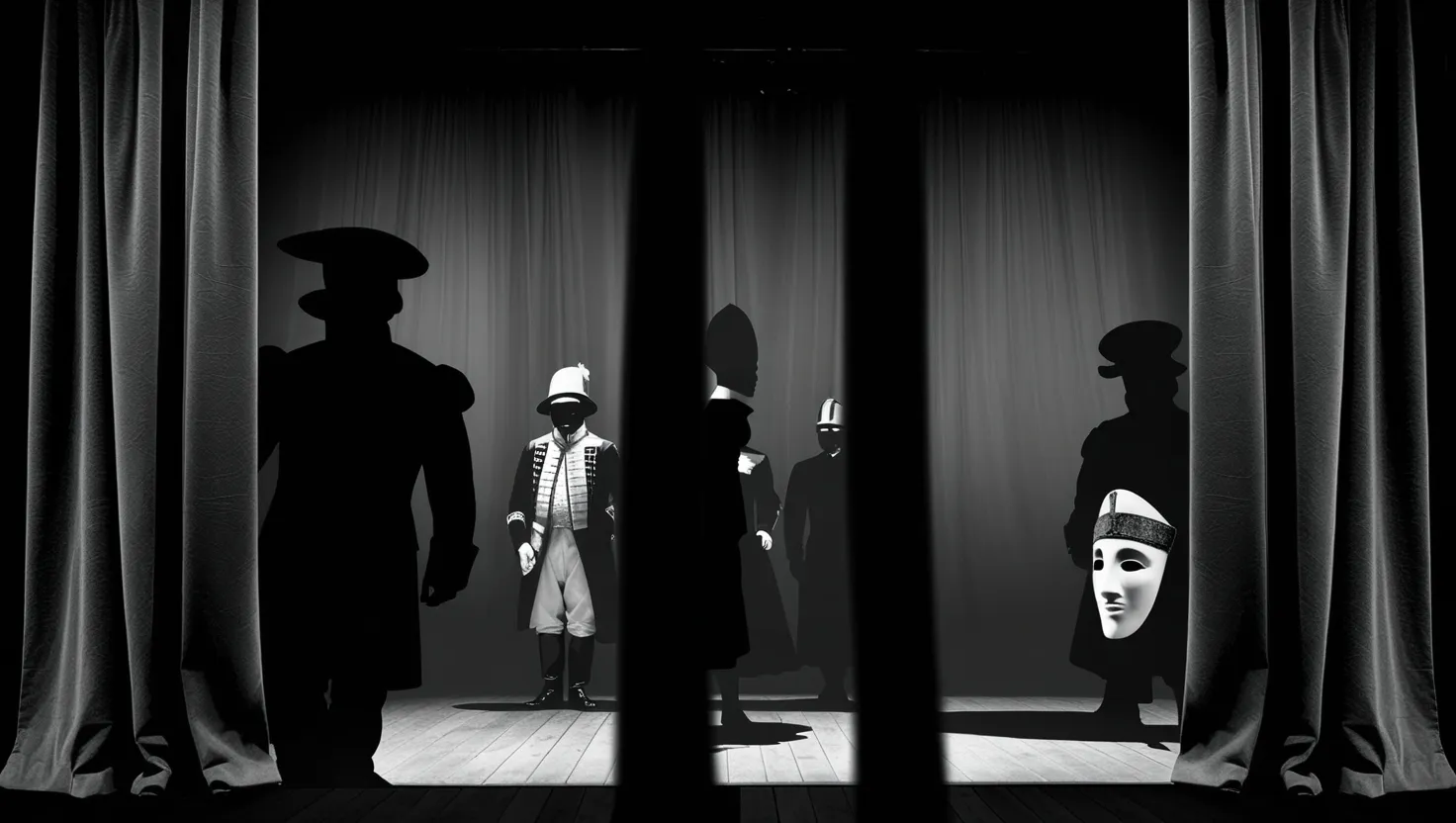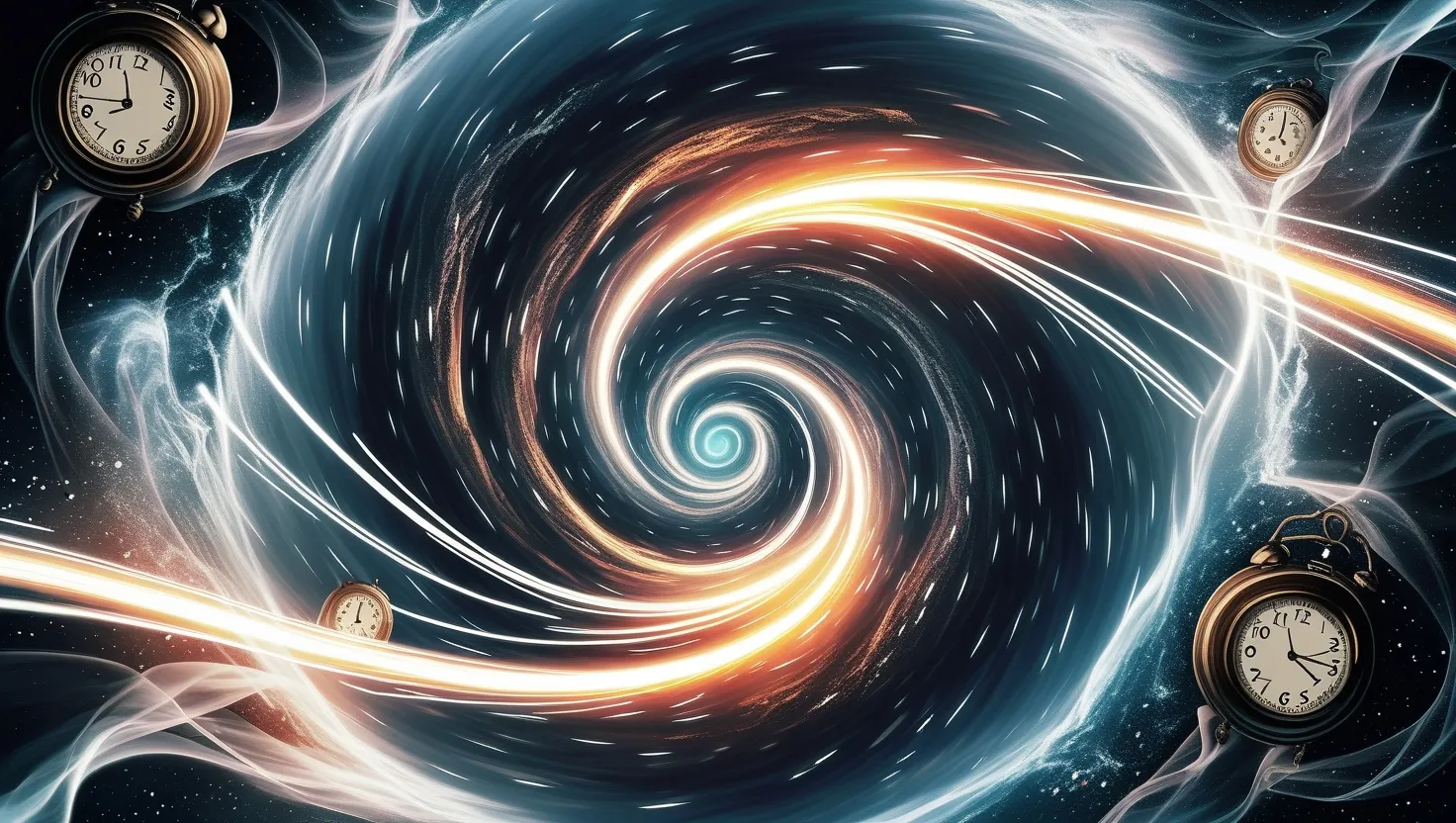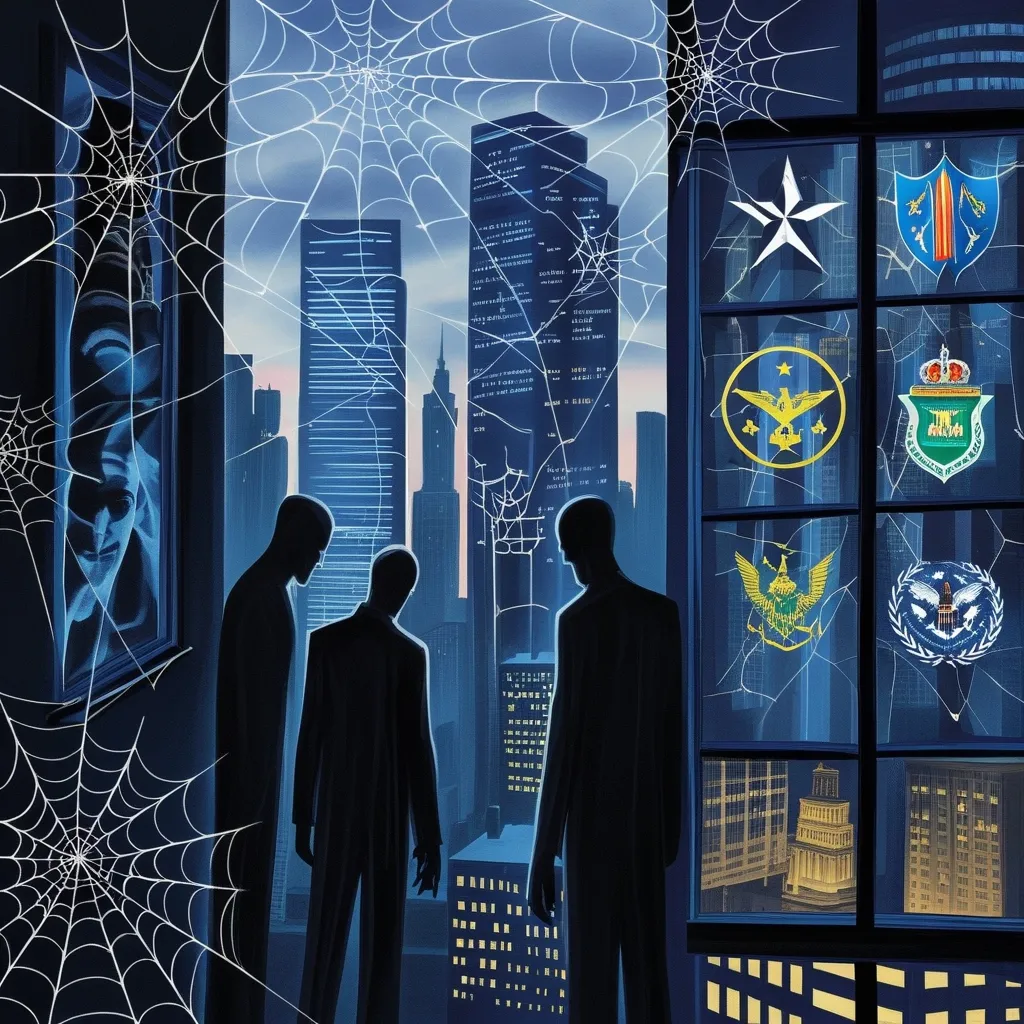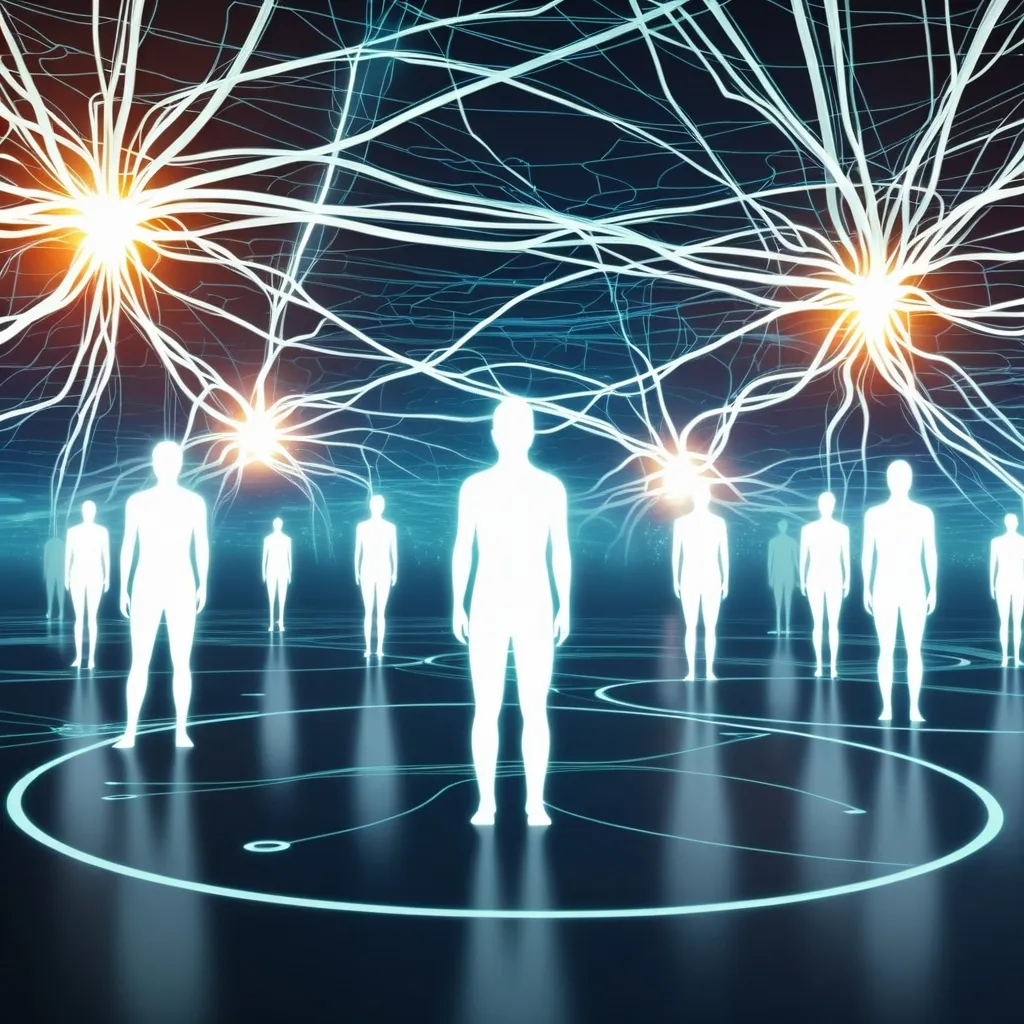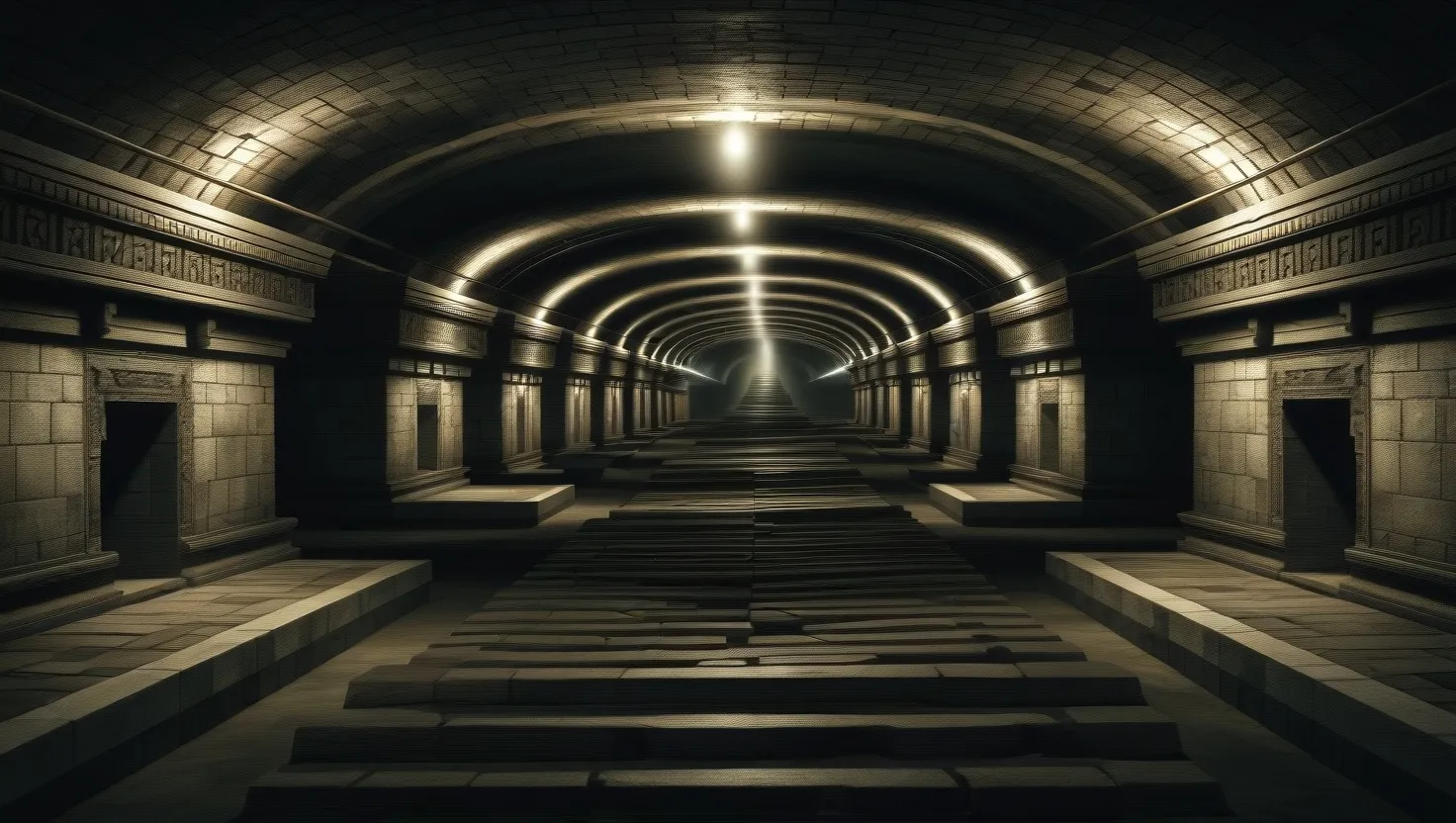Sometimes, history feels more like a stage play than a record of facts. Every now and then, whispers rise up from the archives, suggesting some of the world’s most powerful and influential people might not have been who they claimed to be. Imagine, for a moment, the implications if the person we thought we knew—leading a nation, penning legendary songs, holding the future of empires—was in fact a stand-in. What would this say about how we trust, how we remember, and what shapes our reality? Today, let’s look at ten historical figures whose identities have been shadowed by speculation, rumor, and the tantalizing prospect that they were replaced by impostors.
“History is written by the victors.” These words, often attributed to Winston Churchill, ring especially true here. Victors shape the legends; but sometimes, legends are built on stand-ins, not the originals.
The first story that always seems to surface in this realm is Paul McCartney. I still marvel at how a single car crash in 1966 could set off decades of mythmaking. Did Paul die and get replaced by a double named “Billy Shears”? The “clues” are hidden in Beatles lyrics, album covers, even their posture in photographs. Some fans claim nasally differences in post-1966 recordings, others point out that Paul started parting his hair the other way. It’s easy to laugh, but what keeps this theory alive is the public’s deep attachment to the Beatles’ cultural presence. Why do you think people are so drawn to the idea that a beloved icon like Paul could be seamlessly switched out?
Let’s travel back to imperial Russia. Alexander I’s final years are a puzzle box all their own. Officially, he died of typhus. But the mystery grew when the coffin was said to be empty and reports surfaced of an enigmatic monk, Feodor Kuzmich, who bore a striking resemblance to the late czar. The monk never claimed royalty, but those who met him were convinced. Was this a case of a ruler dodging the burdens of his crown, or just the spread of a myth among a people in need of hope?
“History repeats itself, first as tragedy, second as farce.” Karl Marx knew the value of perspective. The French have their own imperial riddle: the Man in the Iron Mask. Was the masked prisoner in the Bastille really Louis XIV’s identical twin, hidden away so the king’s rule would be unchallenged? Alexandre Dumas made this story famous, but threads of the tale whisper through court records, masked balls, and the uneasy paranoia of French politics. Few details survive to be examined, but the idea that one royal face might be swapped for another is too delicious to abandon.
World War II’s shadows stretch into the story of Marshal Pétain. He was once the “Lion of Verdun,” then vilified as the collaborator who led Vichy France. But during the war, sudden shifts in his policies and demeanor made Resistance members suspicious—was the real Pétain spirited away, with an impostor installed to help the Nazis control the French? The truth may never be clear, but the fear of doubles was real, and for wartime populations grasping for hope, these stories offered a way to explain abrupt, drastic change.
What about Martin Bormann? Here’s a case where documentation almost seems to play along with the conspiracy. Bormann, Hitler’s right-hand man, was officially declared dead in Berlin’s ruins. Yet, Soviet documents and eyewitness accounts suggested he survived, using a double to escape justice. In the Cold War’s fog, fake deaths and shadow identities became the norm. Have you ever wondered why we so often struggle to let villains go?
The Phantom Time Hypothesis sits in a category by itself, somewhere between hoax and academic argument. According to this scenario, Emperor Otto III and his accomplices simply invented 297 years. Their goal: to place Otto at the dawn of the year 1000, cementing their own importance. No individual was replaced, but entire centuries—and their rulers—were conjured from thin air. I find myself asking: what do we actually know about history, and what are we just accepting on faith?
“Who controls the past controls the future: who controls the present controls the past.” George Orwell wrote these words as a warning. They fit Queen Elizabeth I’s childhood as tightly as they do the others on this list. Some suggest that the real Elizabeth died young in the small town of Bisley, replaced by a lookalike boy to avoid Henry VIII’s wrath. This idea tries to explain Elizabeth’s lifelong avoidance of marriage and children. Was it simply her personality and trauma speaking, or is there something more? Why is the idea of a substitute so appealing, especially when the ruler’s legacy is so firmly woven into national identity?
In the Soviet era, Joseph Stalin was said to use body doubles for public appearances. The archives suggest multiple stand-ins, each trained to mimic Stalin’s walk, speech, and habits. It’s more than a rumor—Soviet security viewed such precautions as “strategic redundancy.” The consequences of being caught as a double could be fatal. But how would you feel if your life depended on perfectly copying the most feared man in your country? The existence of these doubles highlights how much power can rest not just on the leader’s decisions, but their physical presence.
The British, for all their stiff-upper-lip tradition, found a clever military use for impostors in General Bernard Montgomery’s double. During World War II, a lookalike named Clifton James played “Monty” in public appearances, confusing Nazi agents about Allied strategy. This deception saved countless lives, showing that sometimes, a good impostor can be a matter of national security rather than subterfuge for personal gain.
Last, we land in Victorian England, at the center of the Tichborne Claimant saga. When Sir Roger Tichborne disappeared at sea, a man named Arthur Orton emerged years later, claiming to be the long-lost heir. The case gripped England, dividing the nation along class lines—was the aristocrat back, or was this an audacious fraud? The trial became a public spectacle, exposing tensions around wealth, privilege, and inheritance that still resonate today.
“The truth is rarely pure and never simple.” Oscar Wilde’s wry words linger whenever I think about these stories. They remind us that the urge to find impostors, doubles, or substitutes is not always about the facts. Sometimes, it’s about the stories we need. Maybe we aren’t really looking for fraudulent leaders, but for explanations that fit our worldviews—ways to account for abrupt changes, disappointments, or the enduring mysteries of people we thought we understood.
Do you ever wonder whether, in our own time, we’d even be able to spot a replacement? With today’s deepfakes and global media, the line between real and imitation is blurrier than ever. If we’re honest, very few of us could tell the difference between a political leader and a convincing stand-in, especially from the distance of a television screen or social media post. Is our trust in public figures based more on appearances and carefully crafted narratives than we’d like to admit?
Looking across centuries, the fascination with impostors is ultimately a reflection of our doubts and vulnerabilities. We crave a sense of continuity in leadership, yet secretly suspect that power is a performance—a role that anyone, with the right training or luck, might fill. The persistence of these stories, despite logic and evidence, shows how much of history is charged with wishful thinking and the desire to find order in chaos.
So, whenever you hear a rumor about a famous substitute, a body double, or a hidden twin, remember: sometimes, the person behind the mask tells us as much about ourselves as about the world’s great figures. How much do you believe in the authenticity of your leaders, your celebrities, or even your friends? Would you know if things suddenly changed, or would you accept the story you’re told? The answers might just be as strange as the legends themselves.
